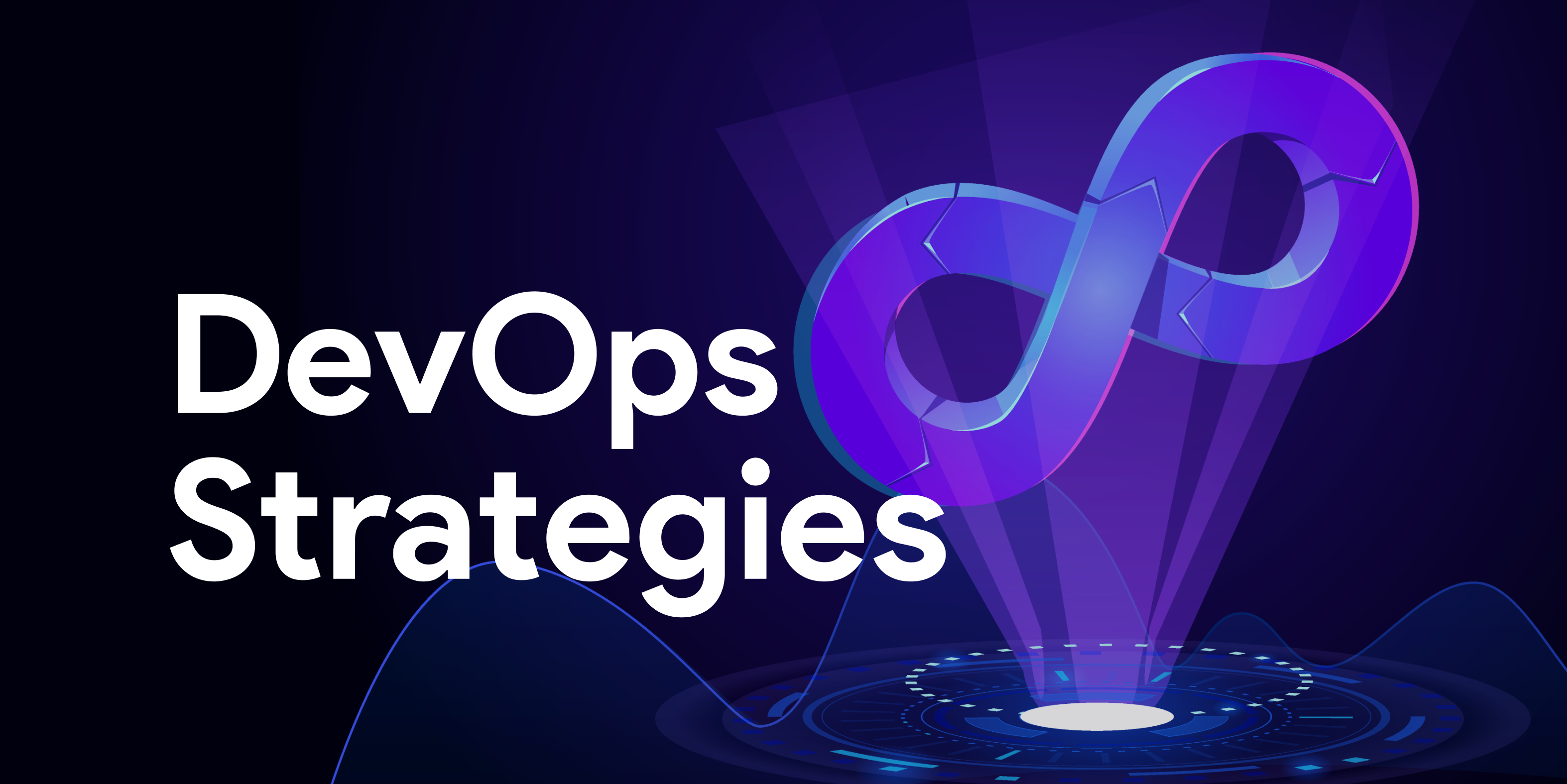DevOps Pillars: The Essential Strategies That Strengthen The Development Process

DevOps Pillars: The Essential Strategies That Strengthen The Development Process
Software Development (Dev) and information technology operations (Ops) have drawn together DevOps, helping the entire software development process from designs to production support. DevOps methodologies help fasten the development process, QA, and deployment where the companies can launch their products faster to the market.
A shorter development cycle, environment stabilization, reduced defects, and increased release velocity are some of the key benefits of using DevOps. This article briefly discusses the solid pillars of DevOps that help to accelerate businesses and software companies to be efficient and agile, creating applications of DevOps speed and scale.
Leadership and Planning
Leaders can empower organizations with a long-term vision and innovative ideas while stimulating the team with inspirational communication and encouragement. They can also identify the unique skills of individuals and assign tasks accordingly. Therefore, it is essential to have a great lead in bringing the best out of the developer team.
Planning is another major component that can strengthen the entire DevOps process. Apart from the standard project planning, it is crucial to establish a strong collaboration between the business and the team. Once the KPIs are decided, it is essential to implement them around software architectures, languages and other frameworks.
Collaboration
A culture enriched with joint effort enables multi-functional engagements and shared responsibilities avoiding silos between Dev, Ops, and QA. Collaborating tools such as Slack, Yammer, and Chanty help the teams to communicate and cooperate between departments. In addition, the collaborative culture enables the teams to monitor the established Key Performance Indicators (KPIs) and ensure each phase runs smoothly throughout the process.
Tools and Automation
Integrating a tool system to collaborate across development helps provide seamless operations. Capture requests and feedback, integrate survey platforms, provide customer and real-time feedback, and spot the gaps and issues among teams are some significant benefits you can gain by integrating a tool system.
Sourcing and Microservices
It is essential to develop heterogeneous applications that include various languages, technologies, and other components. This helps to develop products quickly with higher flexibility as the industry is fast moving and needs to have adaptations with the latest technology. Moreover, many software companies use open-source packages due to several reasons, such as easy customization, lower costs, enhanced developer productivity etc.
Microservices are another aspect that software companies use over monolithic architecture. It can break down massive software projects into independent modules and define specific tasks to communicate through simple APIs. Furthermore, it can rectify errors independently and deploy them quickly without affecting the entire application. Overall, microservices result in increased agility, scalability, and reliability.
Improvements, Integrations, and Testing
To ensure continuous integration, software version management (SVM) is used to manage all source code changes and versions of code image changes used by the build process. Typically, these are managed in a single trunk or integration branch of the code. The system is engineered in a way where the resources are always sufficient to execute a build. Continuous integration practices ensure resources for a build are available on-demand and are fast enough to complete incremental builds in less than an hour.
The team works collaboratively for continuous testing and solves defects quickly and effectively, eliminating long delays. Software teams use new unit tests, functional regression, release regression, release performance, blue/green testing methods, and A/B tests depending on the specific software change and predefined criteria.
Continuous Monitoring and Security
To identify highest-priority problems, loggin and proactive systems are used by DevOps teams. They produce snapshots and end results of each metric. KPIs are also automatically gathered and calculated here. These are available to any team member who subscribes to them, and these practices help identify the problems quickly and concentrate on areas that need improvement.
Every organization embraces security monitoring practices and security assurance automation. The security platforms typically functioned via APIs with proven version control practices and tools. The codes and keys are accessible to trusted users only with verified credentials to maintain high-security practices.
Distributing, Delivery, and Deployment
Delivery is another pillar in the DevOps pipeline where deliverable packages with the sufficient configuration and test data are packaged and prepared for deployment. Here, configuration management tools are used to manage information and these measurements are achieved, and deliverables will be pushed to the deployment. Deployment is determined according to predetermined metrics and usually takes less than a day to process.
Apart from the traditional placement of applications in Appstore/Playstore, the software can be distributed and delivered in other ways to bring more value to the business. Open source, API access, and pushing software to edge deployments are some of the few conventions where companies can be a part of the external developer ecosystem and generate new revenue.
DevOps pillars can strongly affect the entire software development process, benefiting with excellent outputs. At Fidenz, we ensure to follow these critical pillars of DevOps to build successful software products. The practices can give a comprehensive view of how to build a DevOps strategy for your business with shorter iterations, enhanced functions, and reduced risks.
